Introduction
Artificial intelligence (AI) has leapt from buzz‑word to business backbone. In 2025 more than 91 % of marketing leaders say their teams use AI in Marketing blog.hubspot.com, and adoption is still climbing. Faced with data deluges, rising customer expectations and fiercer competition, brands that harness AI now gain speed, insight and measurable ROI—those that don’t risk irrelevance. This guide unpacks the how, why and what’s next so you can embed AI into your marketing stack with confidence.
1. Why AI Matters in Today’s Marketing Landscape
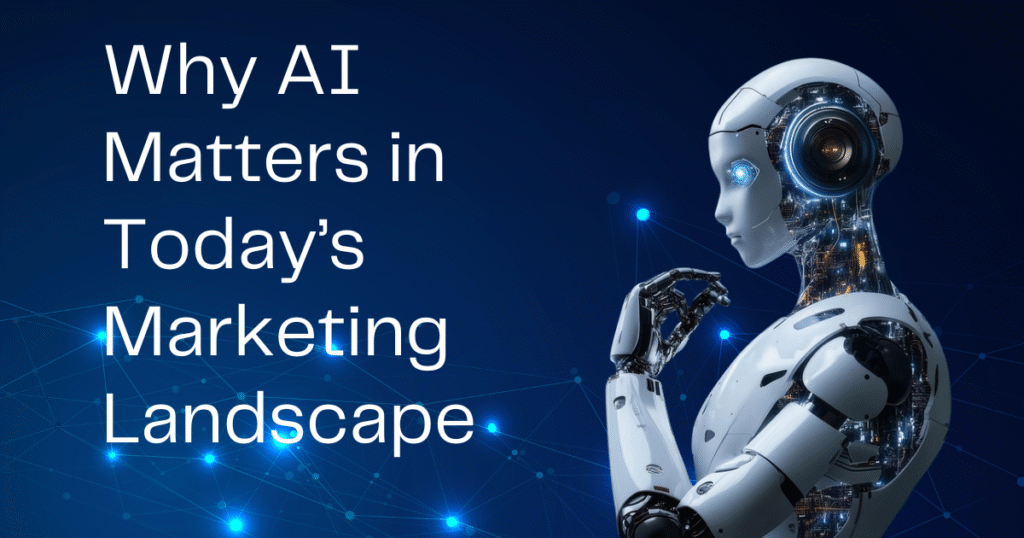
- Data overload: Consumers leave billions of digital touch‑points; AI sifts signal from noise in real time.
- Demand for relevance: 73 % of buyers expect brands to understand their unique needs, and AI makes that scalable.
- Competitive edge: Early adopters report double‑digit lifts in conversion and cost savings thanks to automation.
- Talent gap: With 92 % of leaders calling AI literacy a “must‑have skill” lifewire.com, equipping teams is no longer optional.
2. AI Tools Transforming Marketing in 2025
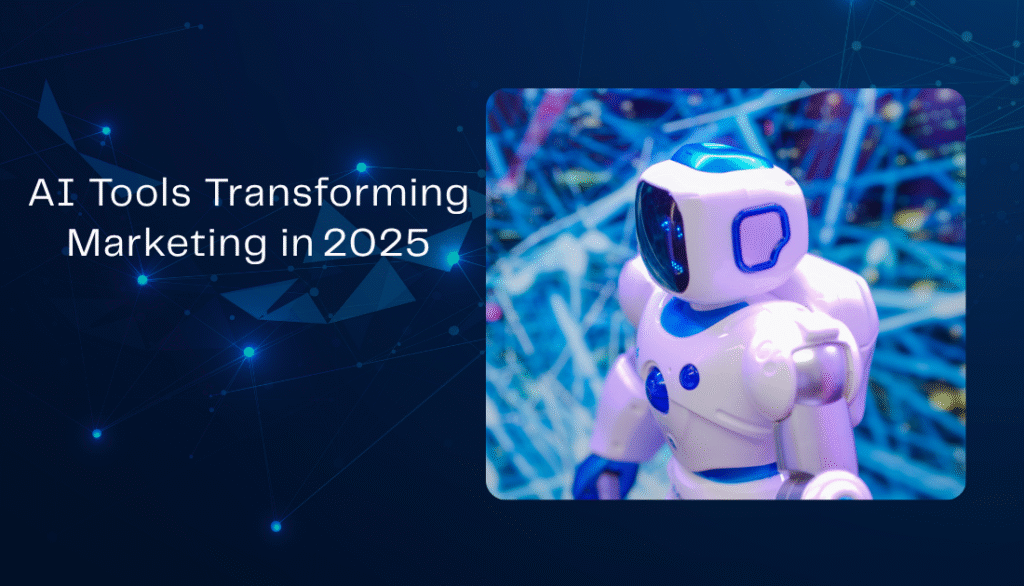
| Category | Leading Tools | Typical Wins |
|---|---|---|
| Generative content | ChatGPT, Jasper, Cohere | Fast drafts, idea generation |
| Visual creation | Midjourney, DALL·E, Adobe Firefly | Ad creatives, social graphics |
| Automation/CRM | HubSpot AI, Salesforce Einstein | Workflow triggers, lead scoring |
| Analytics | Google Analytics 4 predictive, Adobe Sensei | Churn prediction, next‑best‑offer |
| Conversational AI | Intercom Fin, Drift GPT, custom GPT chatbots | 24/7 support, lead capture |
Pro‑tip: Map tools to pain‑points before buying. A lean, well‑integrated stack beats a shelf full of “AI‑powered” logos.
3. Smarter Segmentation & Targeting
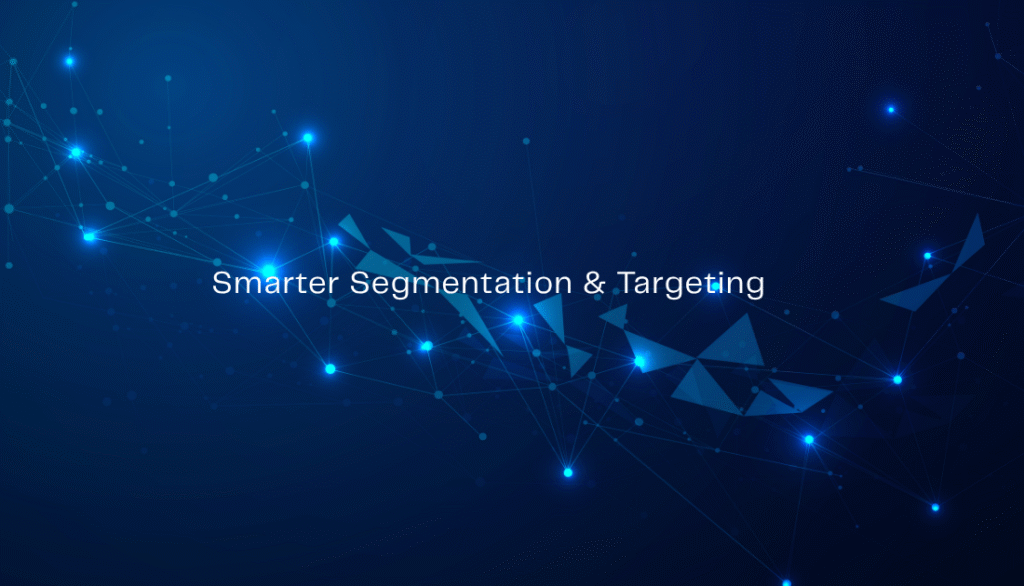
Traditional personas are static. AI‑driven clustering finds micro‑segments nobody thought to look for—e.g., “eco‑conscious urban parents who respond to video testimonials.” By analysing purchase history, behaviours and context, platforms such as Adobe Sensei surface hidden patterns, allowing you to:
- Prioritise high‑value audiences.
- Tailor creatives and offers automatically.
- Reduce wasted ad spend by excluding unlikely converters.
4. Personalisation at Scale
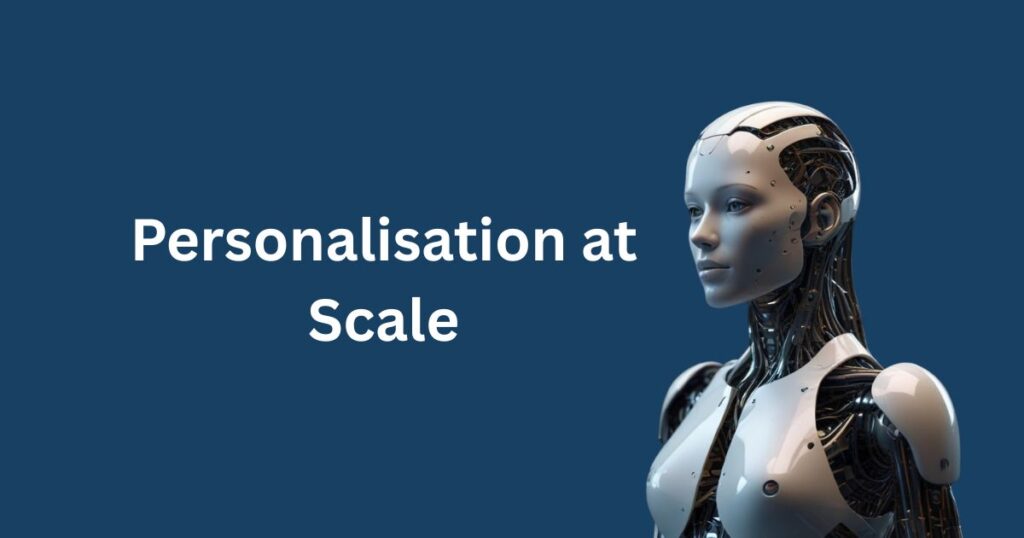
AI turns one‑to‑one dreams into deliverables:
- On‑site experiences: Dynamic product carousels adapt to each visitor’s intent.
- Email subject lines: Generative models test thousands of variants in minutes.
- Paid ads: Real‑time bidding engines adjust copy and visuals by weather, location or browsing history.
Netflix and Amazon pioneered this a decade ago; today even SMBs can plug into similar power via off‑the‑shelf APIs.
5. AI‑Driven Content Creation
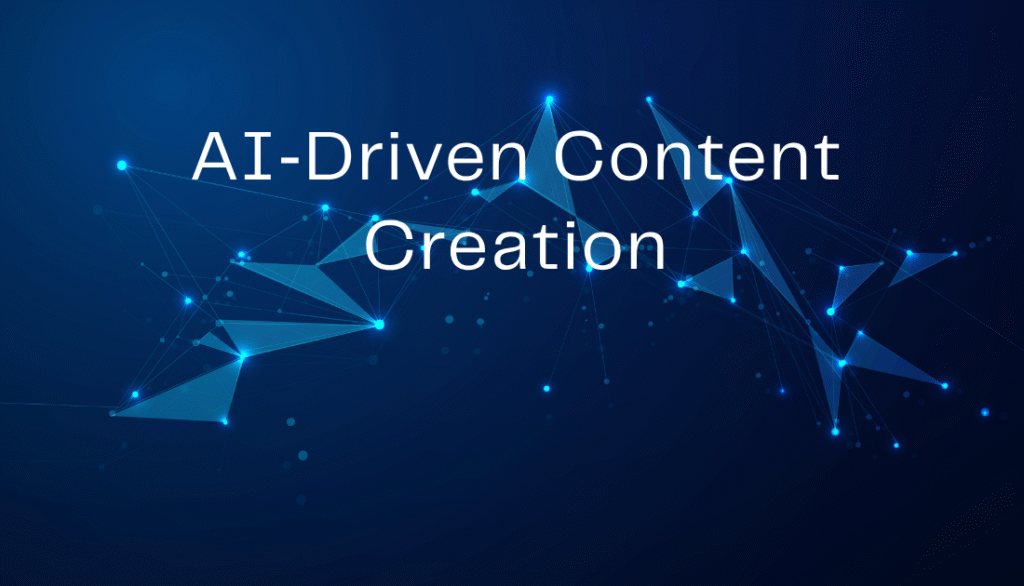
Large language models (LLMs) reduce blank‑page anxiety and accelerate production:
- Ideation: Prompt ChatGPT for topic clusters based on keyword gaps.
- Drafting: Use Jasper to create first drafts, then add human voice.
- Visuals: Generate banner concepts in Midjourney, refine in Photoshop.
- Video scripts: Synthesia auto‑generates voice‑overs and avatars.
Remember: AI augments creativity—it doesn’t replace brand storytelling. Always apply editorial oversight for accuracy, tone and originality.
6. Predictive Analytics & Consumer Behaviour
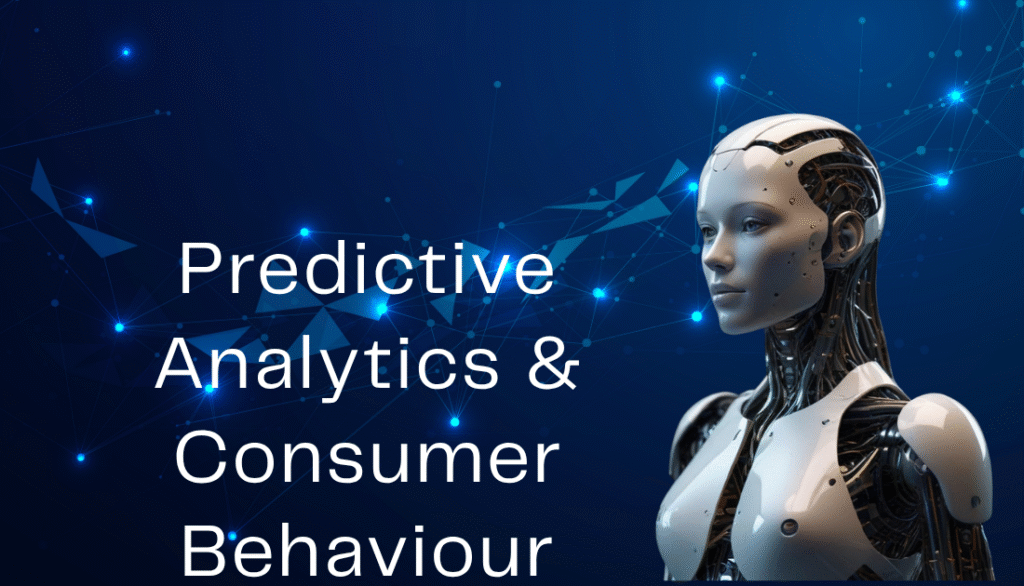
Why guess when algorithms can forecast?
- Propensity scoring: Identify customers most likely to purchase or churn.
- Lifetime value (LTV): Focus budget on segments with high predicted LTV.
- Dynamic pricing: Adjust offers based on demand, inventory and competitor moves.
88 % of marketers now rely on AI to inform decisions surveymonkey.com, turning hindsight reports into foresight plays. website
7. Chatbots & Conversational AI
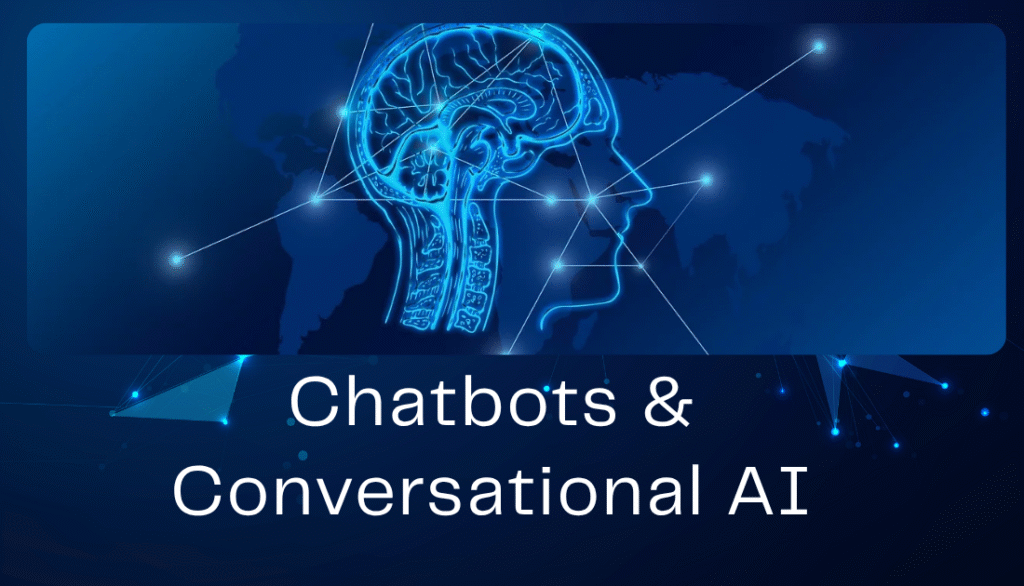
Gartner predicts chatbots will handle 80 % of routine service interactions by 2026. Modern conversational AI:
- Understands natural language (NLU) and sentiment.
- Escalates seamlessly to human agents.
- Collects zero‑party data for future campaigns.
Tools like Drift GPT can qualify leads 24/7, book demos and push rich content—all while cutting support costs.
8. Ethical Considerations & Data Privacy
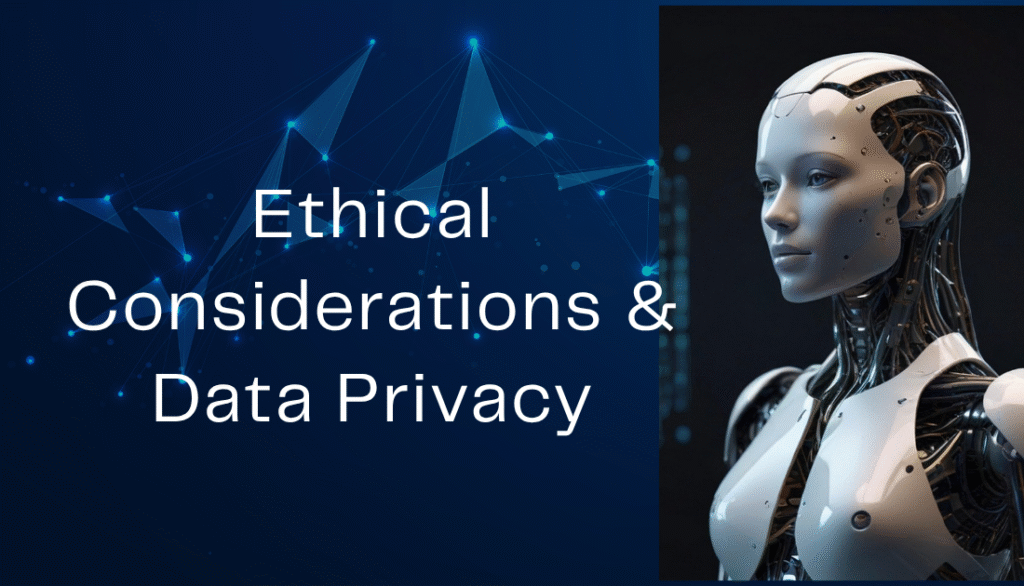
Great power ≠ carte blanche. Marketers must:
- Avoid bias: Train models on diverse data; audit outputs for fairness.
- Protect privacy: Comply with GDPR, CCPA and forthcoming Indian DPDP Act.
- Maintain transparency: Tell customers when AI is speaking.
- Keep humans in the loop: Critical decisions—especially around pricing or eligibility—need oversight.
With 65 % of managers already using AI for personnel decisions axios.com, scrutiny from regulators and consumers will only intensify.
9. Getting Started: Actionable Tips for 2025
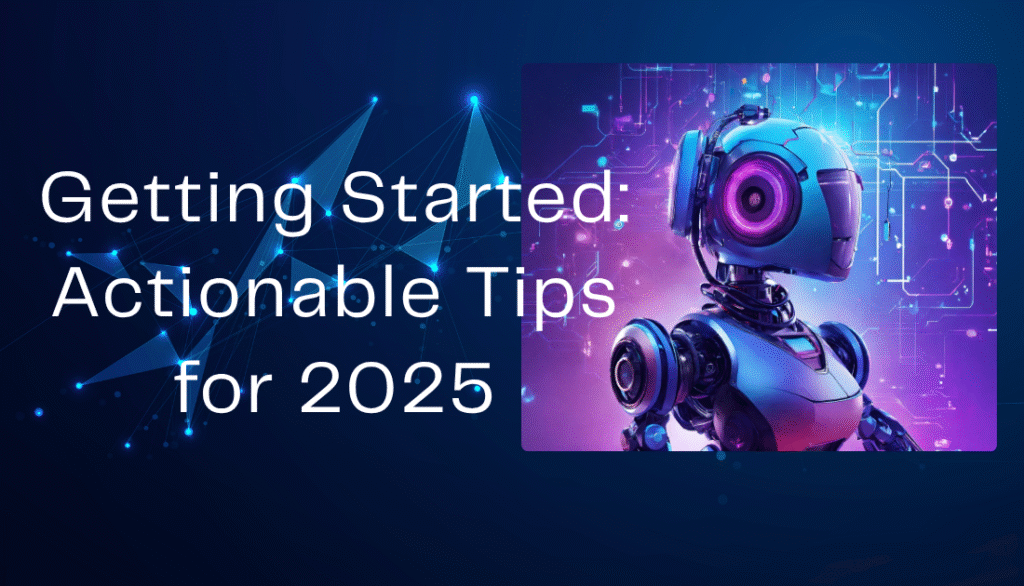
- Audit your data: Clean, well‑structured datasets fuel better models.
- Define clear KPIs: Tie pilots to revenue, cost reduction or CX metrics.
- Upskill teams: Host AI bootcamps; encourage prompt‑engineering practice.
- Start small, then scale: Pilot a single use‑case (e.g., email subject optimisation) before overhauling everything.
- Choose partners wisely: Vet vendors for security, explainability and support.
- Measure & iterate: Use A/B tests and attribution models to prove lift.
10. Future Outlook
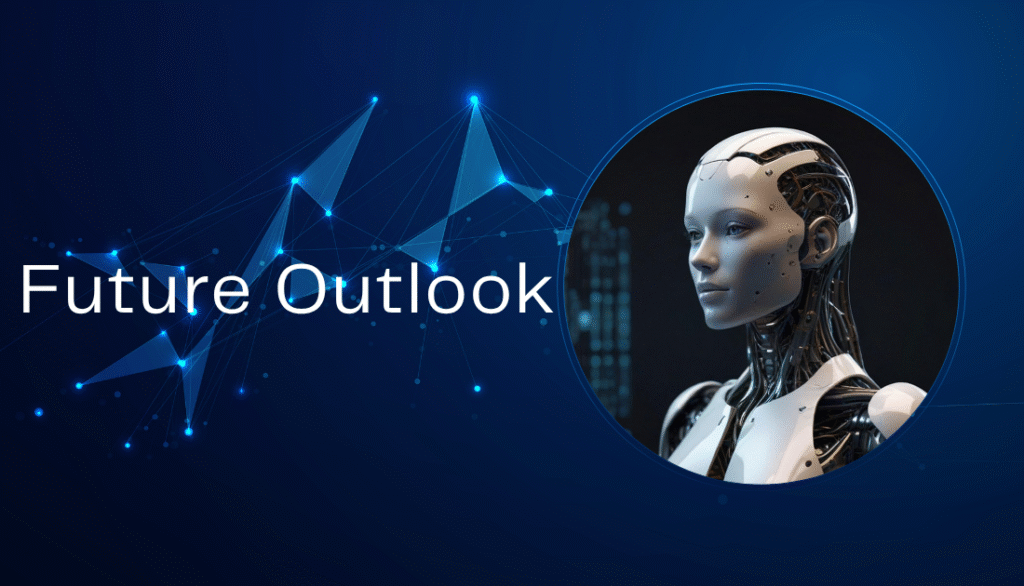
Expect three trends to shape the next wave:
- Multimodal AI will blend text, image, audio and video for richer experiences.
- Edge AI will bring personalisation to devices without sending data cloud‑side.
- Regulatory AI will embed compliance checks directly into workflows, reducing risk.
Conclusion
AI is no longer a futuristic perk—it’s the engine driving modern marketing. From micro‑segments to machine‑crafted copy, the brands winning mind‑share and market‑share in 2025 are those weaving AI into every stage of the funnel. Start small, stay ethical and keep humans at the creative helm, and your marketing will not just keep pace—it will lead.
